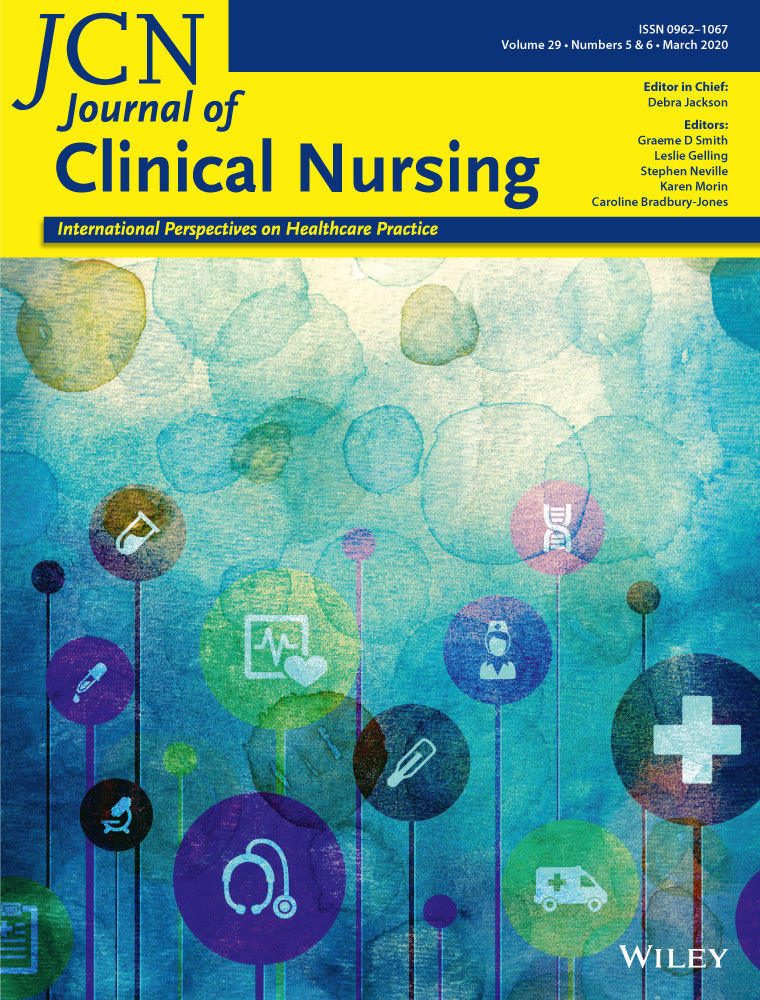Level of function mobility scale for nurse-driven early mobilisation in people with acute cardiovascular disease
Abstract
Background
There are currently no validated tools that are reliable and easy to use for nurses to assess mobility in people with acute cardiovascular disease in the Cardiovascular Intensive Care Unit (CICU).
Methods
A multidisciplinary team at an academic tertiary care centre developed the Level of Function (LOF) Mobility Scale for use in a nurse-driven early progressive mobilisation in the CICU. To determine inter-rater reliability, the prehospital and admission LOF were assessed independently by two CICU nurses. Pairwise comparisons between raters were evaluated using Cohen's kappa statistic. To determine convergence validity, the LOF and Activity Measure for Post-Acute Care 6-Clicks score upon admission were compared with Spearman's correlation. To determine feasibility, a 9-item mobility scale questionnaire was distributed to CICU nurses with and without experience using the LOF Mobility Scale. The STROBE reporting guidelines were used.
Results
The LOF Mobility Scale had good inter-rater reliability for assessment of LOF prior to hospitalisation (N = 131, kappa = 0.66, p < .001) and at the time of CICU admission (N = 131, kappa = 0.71, p < .001). There was a moderate correlation (N = 79 observations; correlation coefficient = 0.525; p < .01) between the bedside nurses LOF and the 6-Clicks score. All nurses surveyed (N = 54; 100%) thought that the LOF Mobility Scale was clear and unambiguous, the LOFs were well-defined and the scale was an appropriate length. Nearly all of the nurses with experience using the scale (N = 22/24; 92%) felt that the scale took less than one minute to complete, compared with about half (N = 14/30; 47%) in the group of nurses without experience using the scale.
Conclusion
The LOF Mobility Scale is reliable and feasible for mobility assessment in a nurse-driven early progressive mobilisation programme in patients with acute cardiovascular disease in the CICU.
Relevance to clinical practice
A nurse-driven EM programme can be implemented in the CICU.




